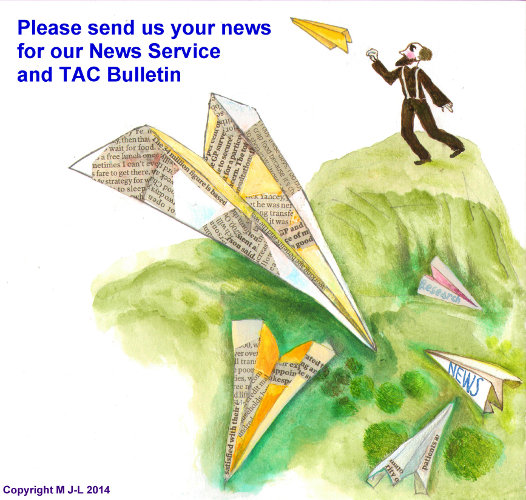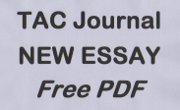 I have chosen listening for the letter L in this alphabet to suggest that it is an important activity for all of us in the field of childhood disability.
I have chosen listening for the letter L in this alphabet to suggest that it is an important activity for all of us in the field of childhood disability.
By Peter Limbrick
Looking in the Chambers Dictionary, I see that listen means, 'To attempt to hear something or pay attention (to what is being said or to the person saying it); to follow advice.' As I see it, our task as listeners to people whom we are trying to support is a much broader activity in which we use our eyes, empathy and intuition as well as our ears – in which we hear what is not being said alongside what is being said. In this broader interpretation, a deaf person can be an effective listener.
I have chosen listening for the letter L in this alphabet to suggest that it is an important activity for all of us in the field of childhood disability and to share some observations about its value when supporting new parents of babies and young children with disabilities and special needs. In this early intervention context, it is interesting to explore why we need to listen – what listening is for.
This essay is in the TAC Journal in the section, An Alphabet of Helpful Hints.
To read the essay, click on JOURNAL in the gree banner above, click on Issue Number 12, and then scroll down.


 Researchers from three UK universities studied the way schools approach teaching literacy to children with severe learning difficulties.
Researchers from three UK universities studied the way schools approach teaching literacy to children with severe learning difficulties. I have chosen listening for the letter L in this alphabet to suggest that it is an important activity for all of us in the field of childhood disability.
I have chosen listening for the letter L in this alphabet to suggest that it is an important activity for all of us in the field of childhood disability.